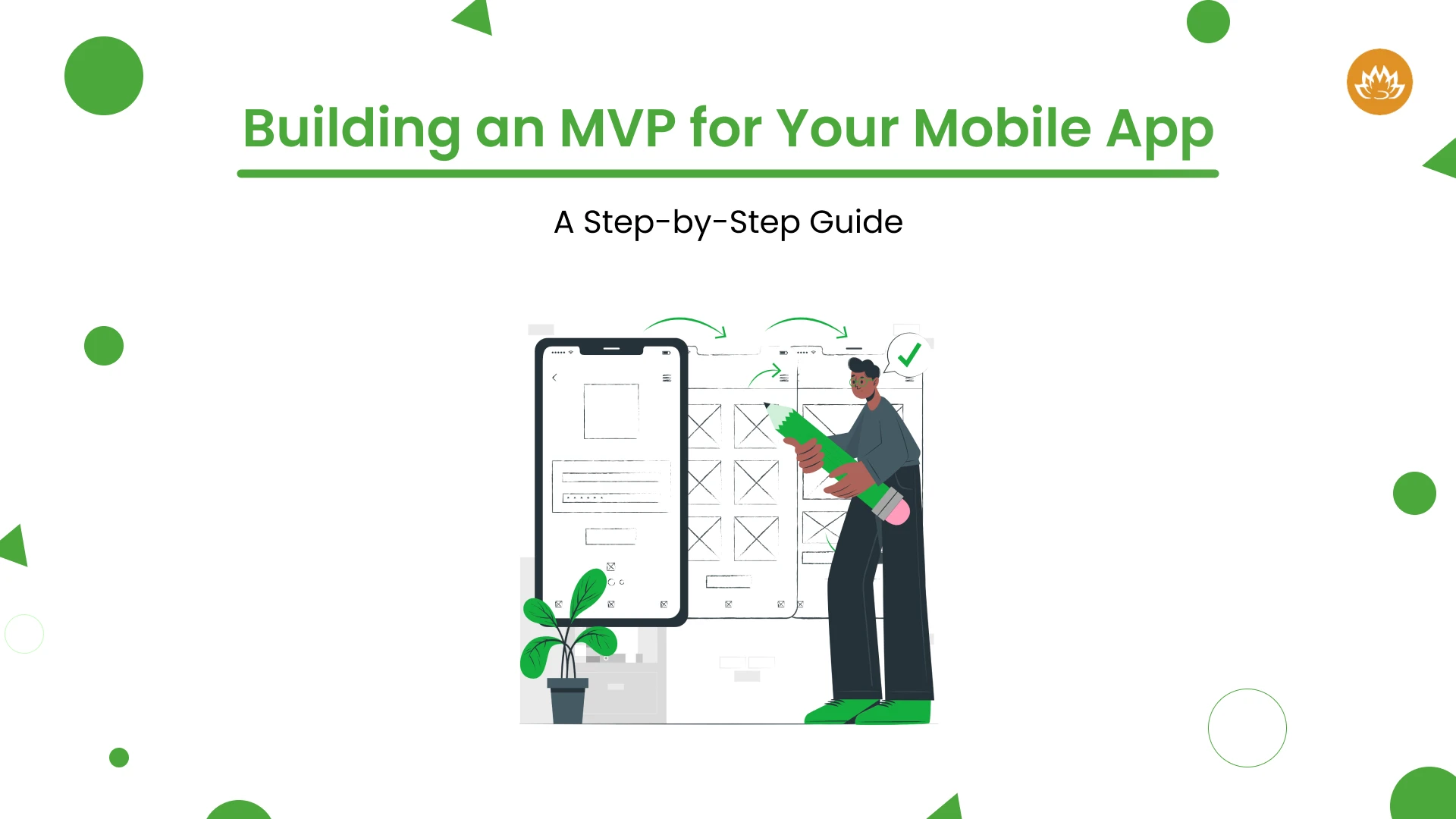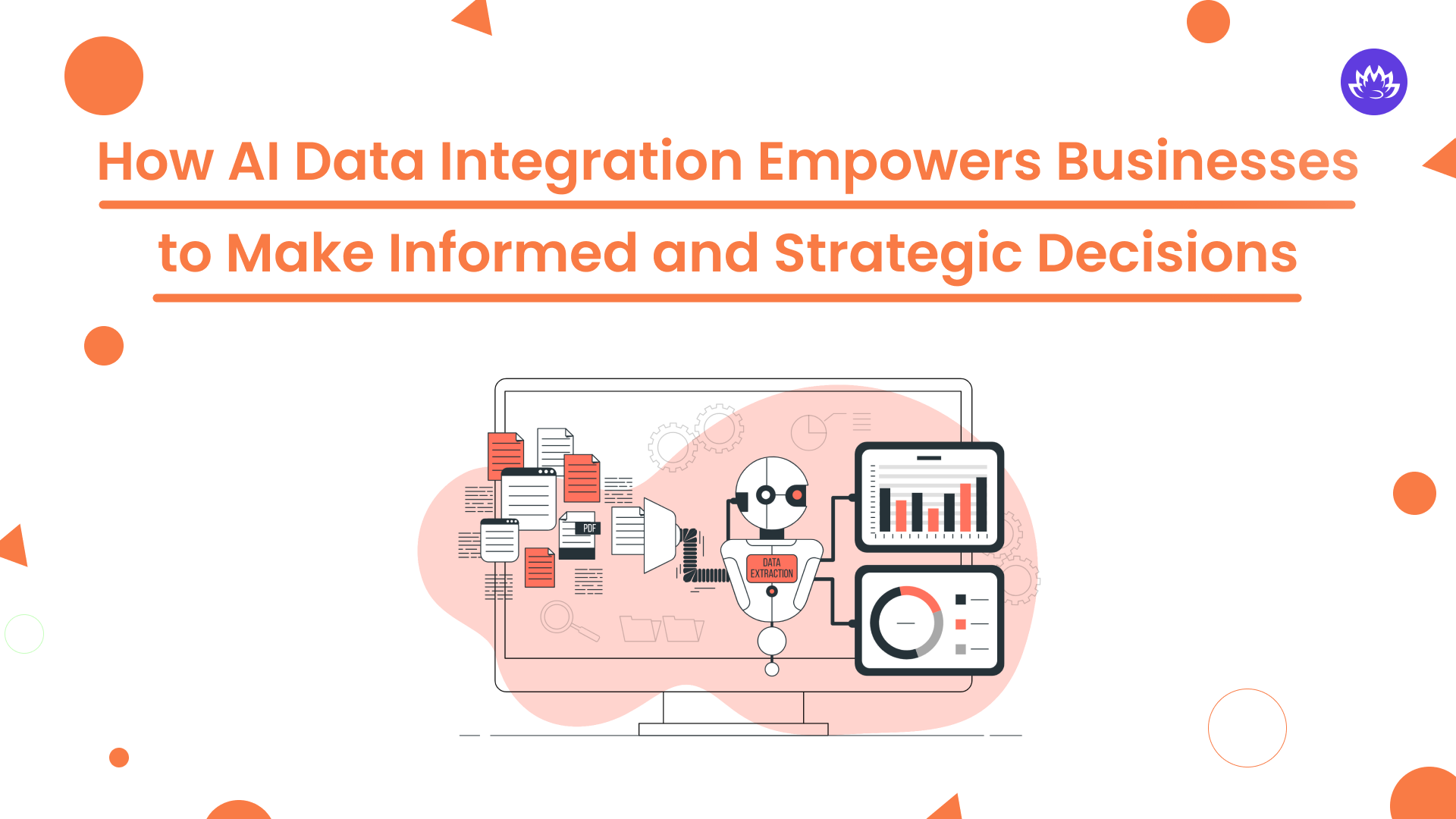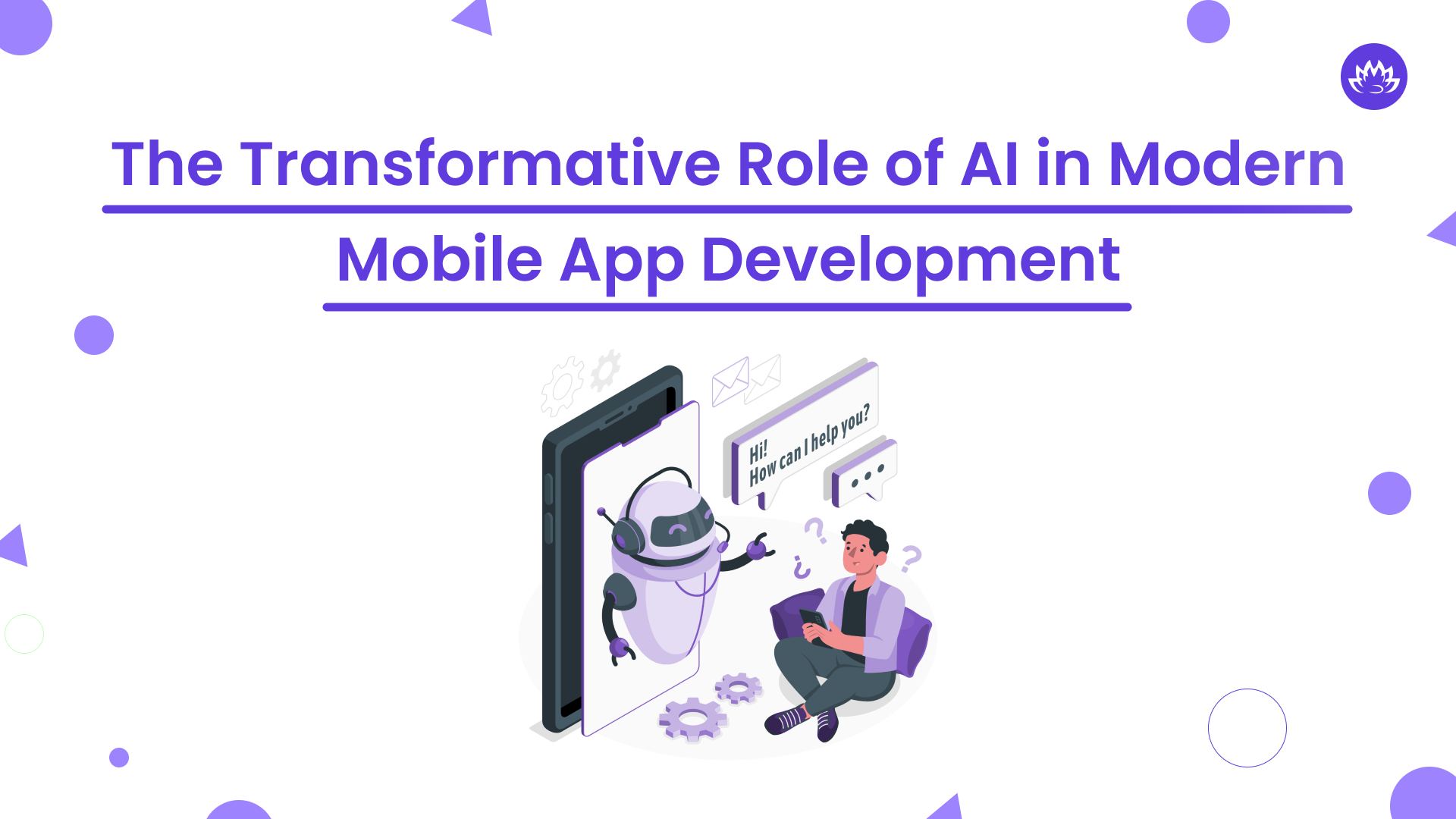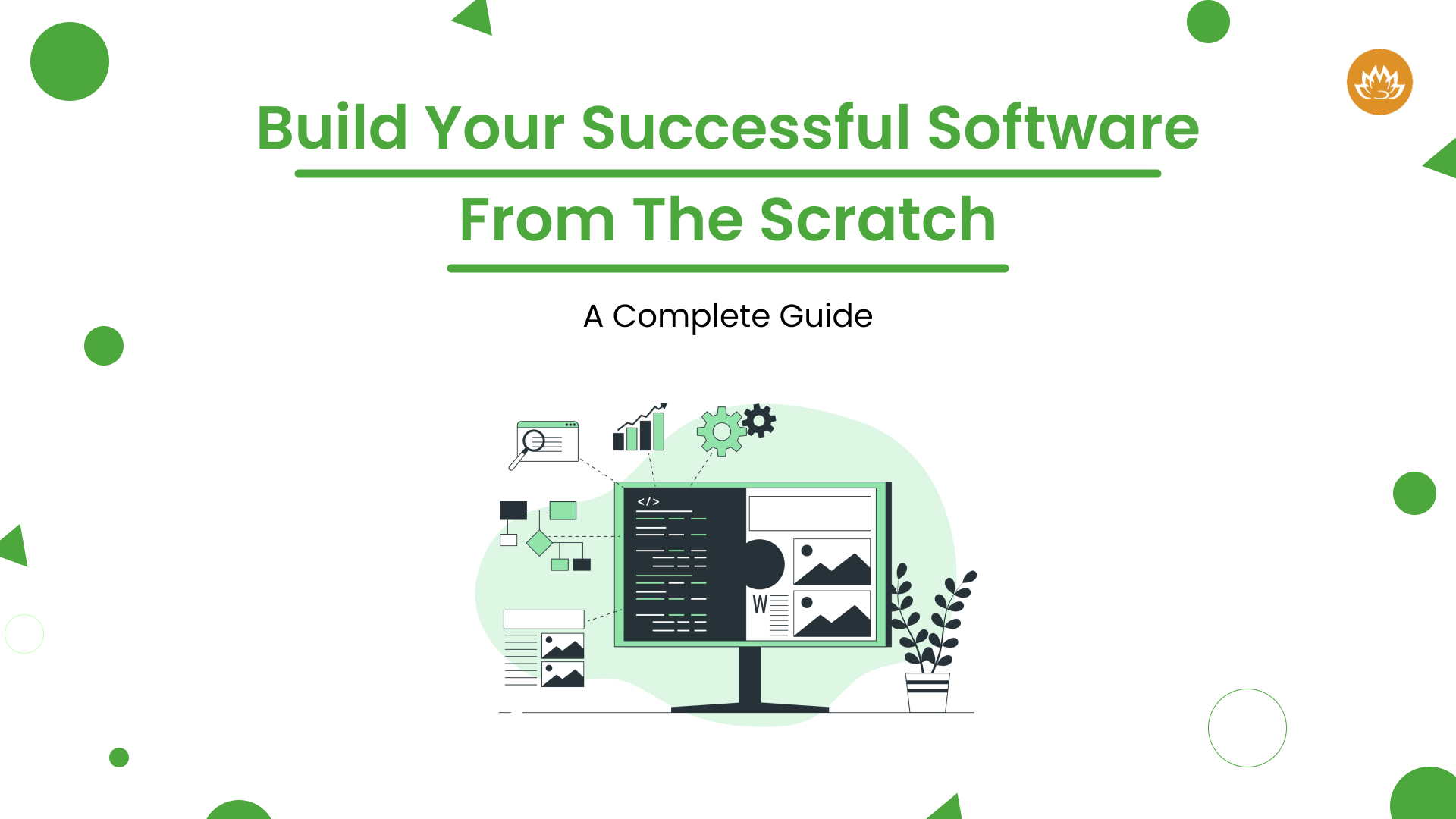What is an MVP for App Development?
Why Build an MVP?
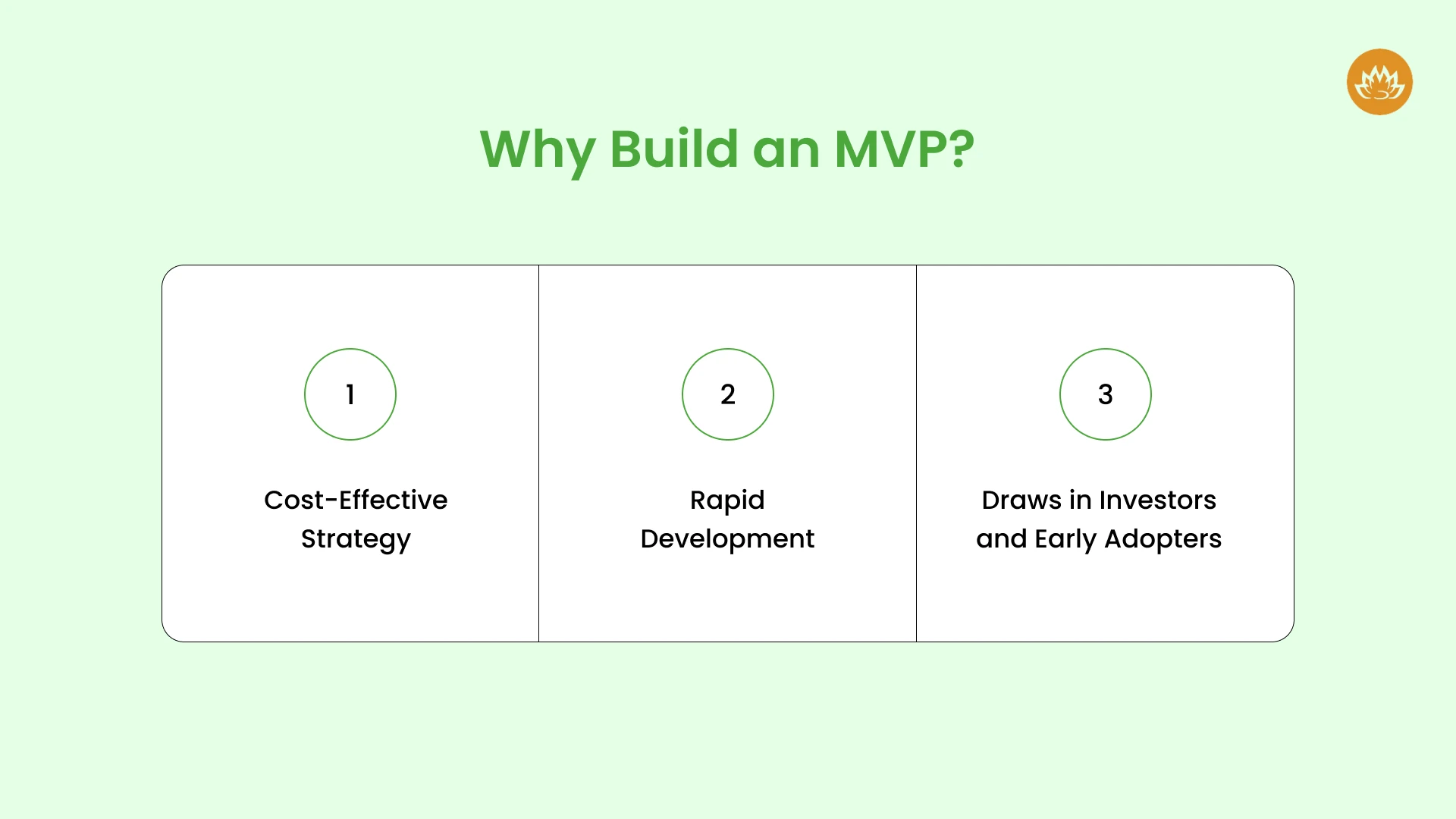
Cost-Effective Strategy
Rapid Development
Draws in Investors and Early Adopters
How to Build an MVP For Your Mobile App? - A 9-Step Guide
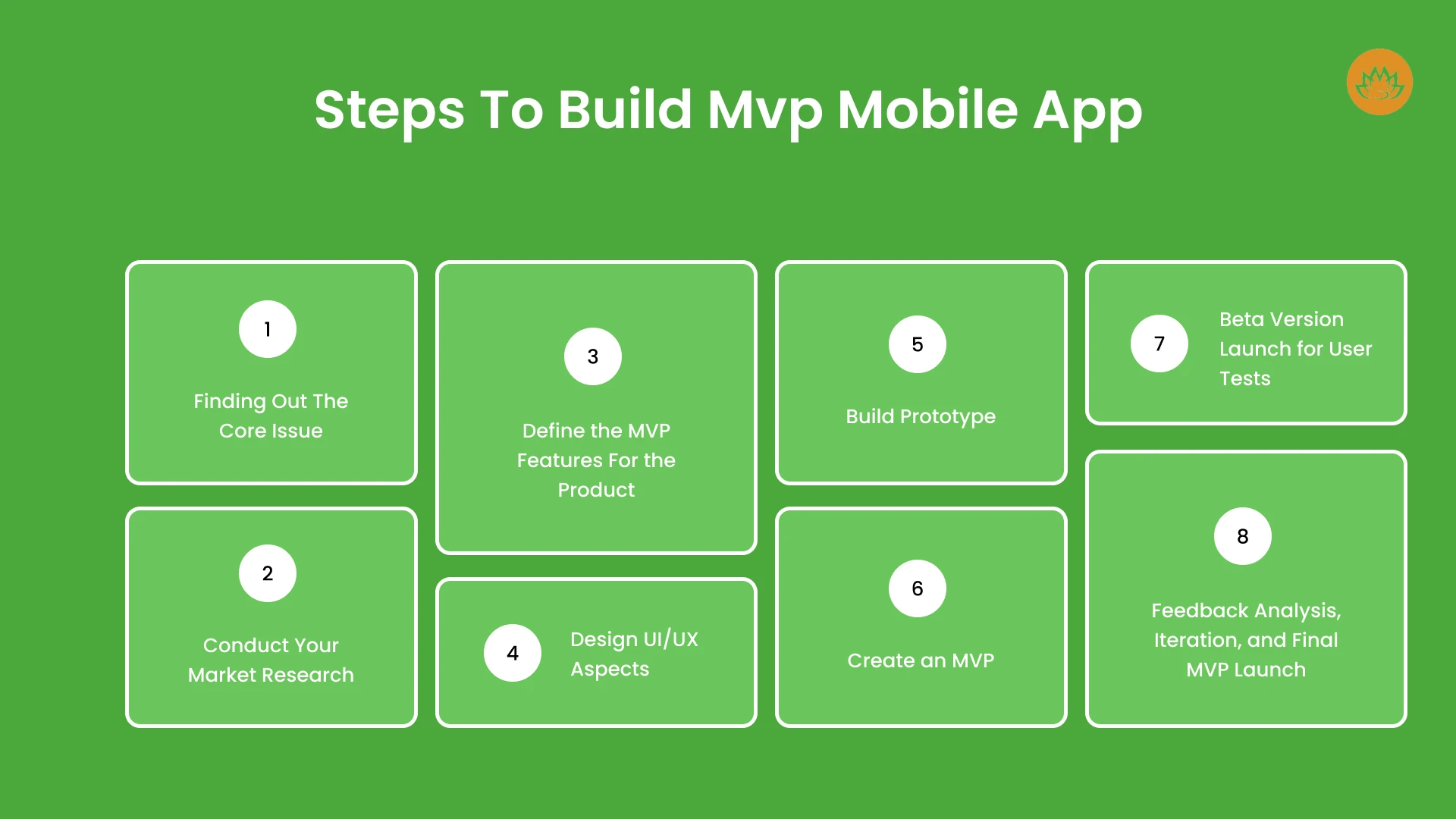
With a few minor deviations, such as asking beta testers to improve the minimal viable product, the MVP development method is based on the same concepts as the process used to create a mobile application. At Whitelotus Corporation, we have rich experience launching robust mobile applications for clients worldwide. As a trustworthy provider of mobile application development services, we create an MVP based on the below roadmap:
Finding Out The Core Issue
- Specific problem your app may have been facing
- Reason for the problem for your target audience
- Reason for the target audience to use your app
- The time duration within which the app will get launched into the market
- Chances of any further business opportunities
Conduct Your Market Research
Parameters of Market Research
Geographical
Demographics
Psychographic
Behavioral
Competitor Research
Define the MVP Features For the Product
Design UI/UX Aspects
Build Prototype
Create an MVP
Beta Version Launch for User Tests
Before releasing the app to the public, it is imperative to have it tested by end users, even if you have already had it checked by a qualified QA and software testing team. You can ask early adopters to test your MVP and offer input on the app’s usability, performance, and future features. MVP development also allows you to monitor user behavior and record any problems or ideas for enhancements.
Feedback Analysis, Iteration, and Final MVP Launch
Mistakes You Should Avoid While Building an MVP
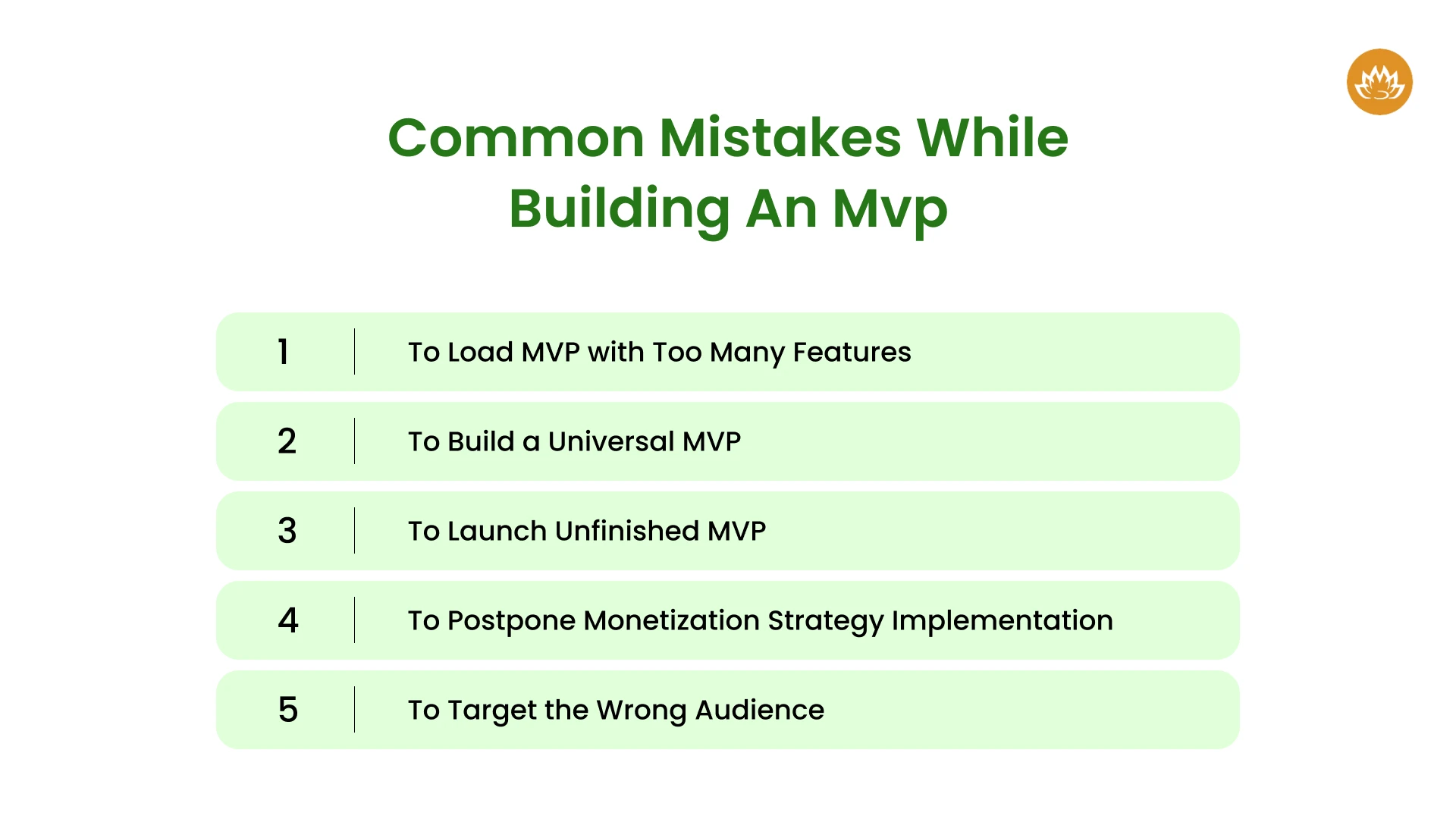
To Load MVP with Too Many Features
To Build a Universal MVP
An MVP is a crucial component of your product and your rapid market entry point. The MVP should remain focused on the central issues, even if your product is aimed at a wide range of users or intends to in the future. A product that doesn’t satisfy everyone can result from trying to create an MVP that appeals to everyone. It’s critical to identify your target market and modify the MVP to meet their unique requirements.
To Launch Unfinished MVP
Although speed is crucial, releasing an MVP too soon might backfire. An incomplete product might annoy customers and harm your brand. Even if your MVP isn’t flawless, ensure it works and adds value.
To Postpone Monetization Strategy Implementation
To Target the Wrong Audience
This is the most frequent error that most companies make when they start developing new products. It can be aiming for the incorrect age range or various audiences. Testing your product with actual people and observing how it functions among your target market is the main goal of MVP. If you choose the incorrect group, the process outcomes will be completely irrelevant and untrustworthy.
Conclusion
Author

Sunil is a result-orientated Chief Technology Officer with over a decade of deep technical experience delivering solutions to startups, entrepreneurs, and enterprises across the globe. Have led large-scale projects in mobile and web applications using technologies such as React Native, Flutter, Laravel, MEAN and MERN stack development.
View all posts



